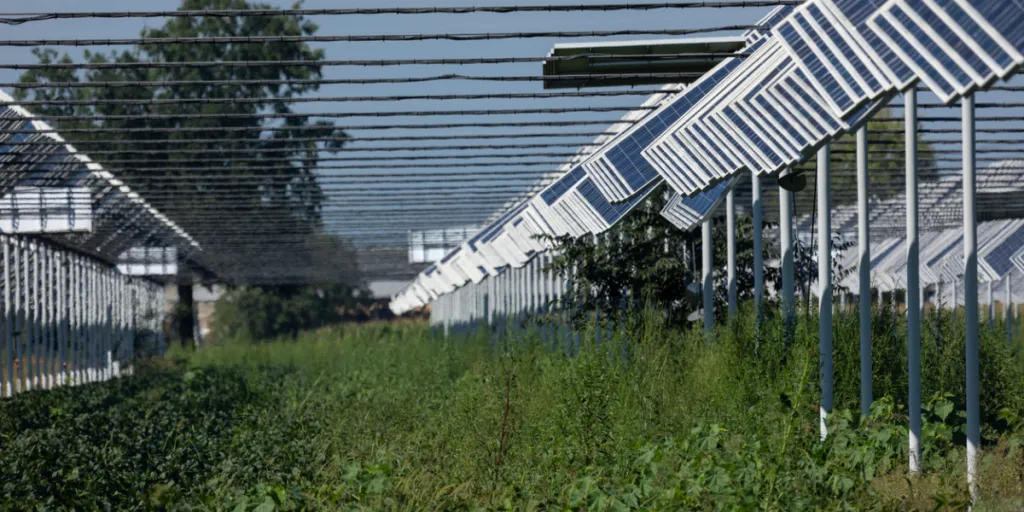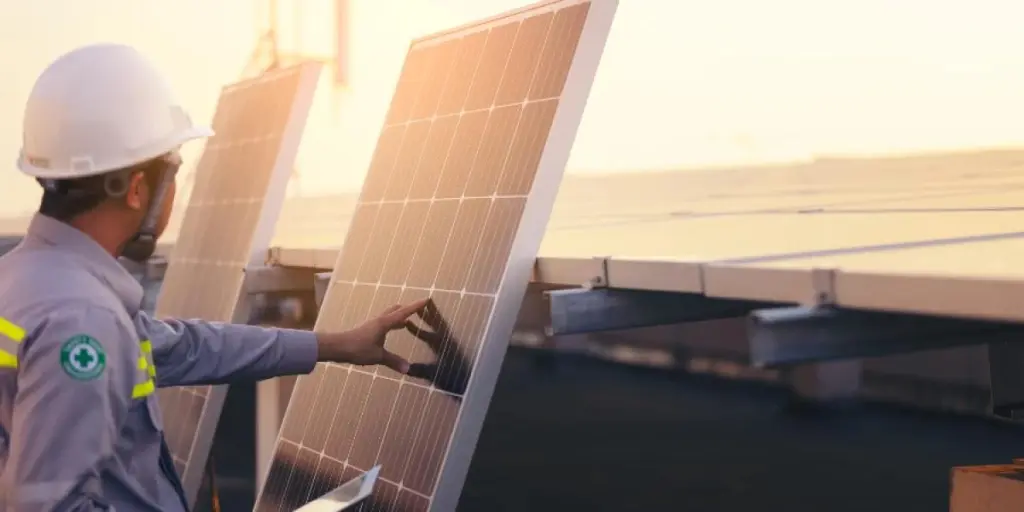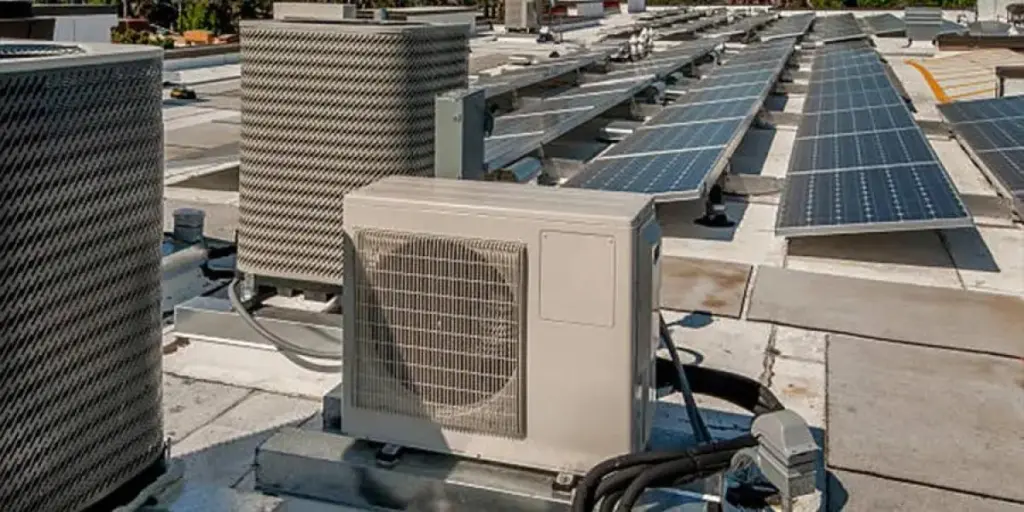According to data from the statistical agency of the European Union—EUROSTAT, in 2020, the EU population generated 178 kg (392 lbs) of packaging waste per person. In addition, this distribution is highly uneven among the Member States, with some generating three times as much packaging waste as others.
Although one of the largest economies in the world, the European Union is still only a part of the global waste generators. Hence, it’s not surprising that there are policies in place to limit waste and reduce human impact on the climate.
Table of Contents
What is Extended Producer Responsibility (EPR)?
How does EPR work?
EPR: pros and cons
Does EPR work: examples beyond EPR regulations
Where can businesses learn more about EPR?
Conclusion: Extended Producer Responsibility
What is Extended Producer Responsibility (EPR)?
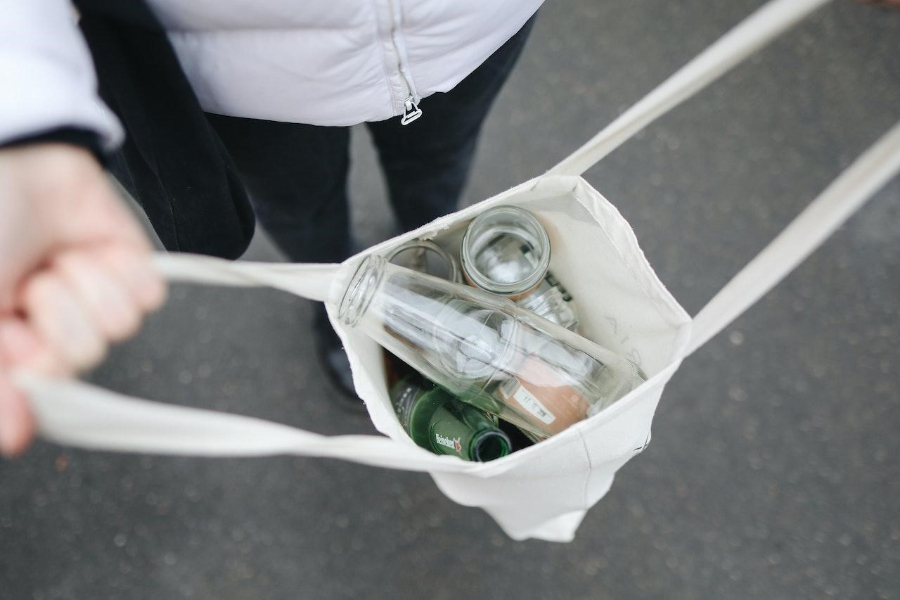
Extended Producer Responsibility is a policy that government bodies have implemented to varying degrees. As the name suggests, this environmental practice extends some responsibility to the producers of goods.
In the EU where the EPR regulations originated, a “producer” is one who offers the goods on the market, not just one who produces them. More specifically, EPR concerns specific categories of items such as packaging, electronics (WEEE), batteries, end-of-life vehicles (ELV), and even more specific materials such as medical needles and pharmaceuticals.
EPR was first introduced in Sweden in the 1990s with the idea of shifting some of the responsibility for the environmental management of products to producers instead of being entirely up to the state, which burdens the public system.
Recently, the rules related to EPR in the EU have become stricter, especially for manufacturers participating in the German and French markets. Further, since the deadline of 2024 that the EU has set for achieving specific goals related to waste management is approaching, it is expected that a significant number of member states will also follow this example. Therefore, manufacturers must familiarize themselves with their responsibilities early and prepare to fulfill them in time.
In the EU environmental management policies, the EPR ties with the Packaging and Packaging Waste Directive (PPWD), which is in turn part of the overarching Waste Framework Directive (WFD).
Those in the know may find similarities between EPR and the “product stewardship” framework. And indeed, both approaches aim to ensure responsible production, use, and disposal in the product’s life. Usually, the two terms are used interchangeably. Still, we’re talking about a specific regulatory framework in this case. Therefore we’ll use the relevant term—EPR.
How does EPR work?

As there are many stakeholders in a product’s life, EPR affects various parties involved in its production and use.
EPR compliance requirements vary widely across the EU Member States. The same applies to the scope of these policies. In 2022, however, Germany and France introduced similar obligations targeting manufacturers and marketplaces.
Again, producers refer to those who place the product on the market, even if they do not produce it. Those who want to sell in Germany and France must complete several steps to be EPR compliant in the respective country.
In short, these steps begin with applying for unique registration numbers for each category under the EPR policy. The process is done by entering into an agreement with so-called Producer Responsibility Organizations (PRO)—organizations that manage discarded packaging. Subsequently, these numbers are used to submit a declaration of the expected weight of packages that a producer should place within the year. The final step is the payment of respective fees.
The new rules introduced new obligations for marketplaces as well. Namely, they are obliged to check and confirm that the producers using their services are EPR compliant. Otherwise, the marketplace will have to remove the product listings.
Austria plans to introduce similar measures as part of its EPR regulations from 2023. Other member states approach it differently; therefore, producer responsibility varies by country.
EPR: pros and cons
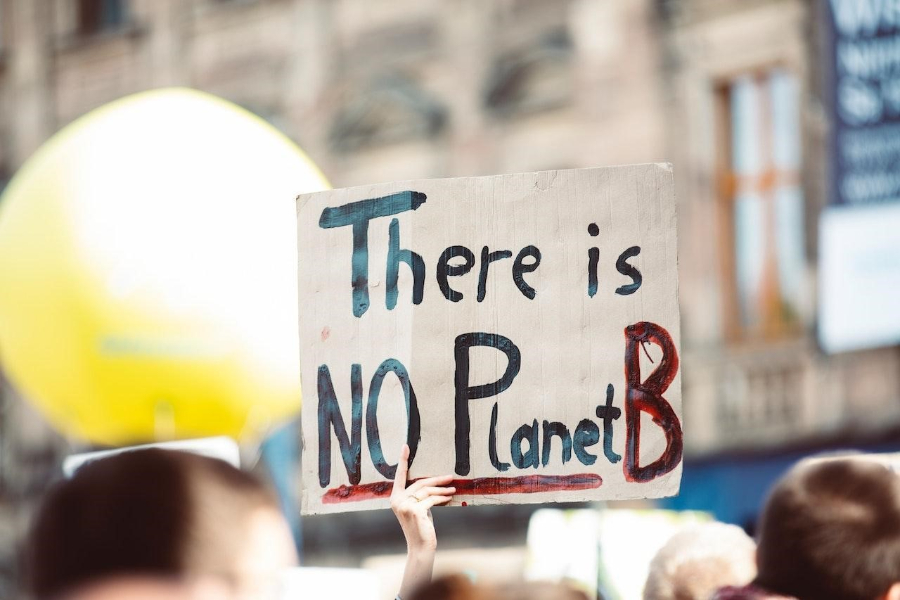
Pros
The most significant advantage of EPR is that it helps solve the pressing problem of packaging pollution. According to a report by the European Organization for Packaging and the Environment (EUROPEN), based on data from Eurostat, package recycling in the EU rose from 47% to 65% in 1998-2012, the period after the PPWD came into force. This is relevant for the 15 countries that were EU members at the time that sucha data was first reported to the EU Commission. Unfortunately, there is still a significant gap in implementing the Union’s recycling targets. In 2019, Eurostat reported that Belgium was the leader in recycling 83.5% of waste packaging. However, Malta landed in last place with only 33.7%. On the other hand, Finland has recovered 115% of its packaging waste, which was possible due to the storing and managing of waste from previous years.
Although it is an additional responsibility for producers, they can also benefit from EPR beyond the obvious benefit of helping the planet. These policies are an excellent opportunity for producers to engage their customers through educational and outreach campaigns about responsible waste management. This is key to today’s consumer sentiments, which are increasingly oriented toward choosing brands that show an active and genuine concern for the environment.
Cons
The disadvantages of EPR for producers are not so significant within the EU as it’s related to EPR taxes, which is quite reasonable. After all, the exact amount depends on the quantity, weight, and categories of taxable products.
However, the more considerable drawback is rather bureaucratic and globally significant. On the other hand, the EPR regulations are still far from being harmonized among the EU member states. Hence, it complicates the life of producers who want to sell on the entire EU market and impedes the achievement of the EU’s environmental goals. In addition, economic inequality between member countries means that some producers may meet the quotas more than others depending on the market.
Does EPR work: examples beyond EPR regulations

The EPR framework is a regulatory requirement, so its implementation is related to specific actions aimed at the responsible placement and management of packaging waste.
For example, beverage bottle return machines are extremely popular in the Scandinavian countries, which are leaders in green living efforts. Recently, Coca-Cola announced that it is starting to offer its drinks in bottles with caps that remain attached to the bottle. This innovation aims to optimize the recycling of plastic bottles.
A great example of a responsible approach to the products it sells is the outdoor clothing company Patagonia. Its customers can send their old or damaged Patagonia clothes to the company for repairs. In this way, the aim is to reduce the excess purchase of clothing, which is another significant environmental problem.
Where can businesses learn more about EPR?

The topic of EPR compliance needs clarification, and on the internet, one can see that many producers are confused about what’s required of them. Fortunately, there are some good resources that provide detailed information about the entire process.
One can find such information on the pages of the authorities responsible for EU environmental policies. Among them are the European Commission and the relevant authorities in the member states. However, sometimes the information there can be unclear and cause confusion.
Usually, an easier-to-assimilate source is the explanatory pages of marketplaces and organizations related to EPR compliance in the EU—like PROs (Product Responsibility Organizations).
And finally, some companies provide EPR-compliance services for producers, similar to accounting agencies. They are also a source of information and a possible alternative for producers who wish to avoid dealing with this aspect of their business.
Conclusion: Extended Producer Responsibility
Reports in recent years on the state of the environment have resulted in the world rethinking how it approaches its consumption behaviors. To meet the new, strict, and fast-moving goals, policies that have been gathering dust for decades have gone through major updates and new frameworks. In this case, the EU has taken the circular economy path. However, the implementation of this plan is a complex task.
Another step to be taken is the global harmonization of policies like the EPR regulations. This will ensure the participation of all global economic powers and balance the playing field in terms of competitive advantage.

